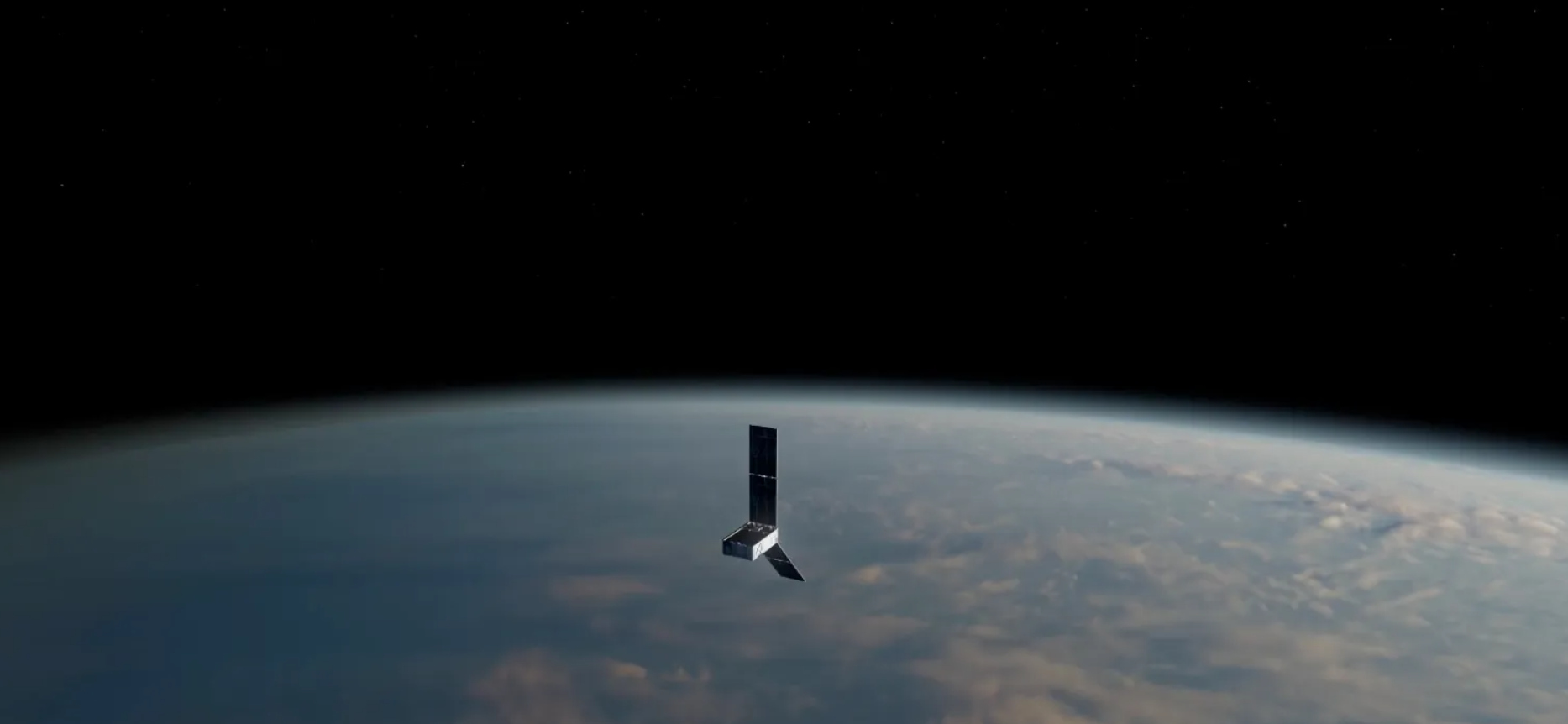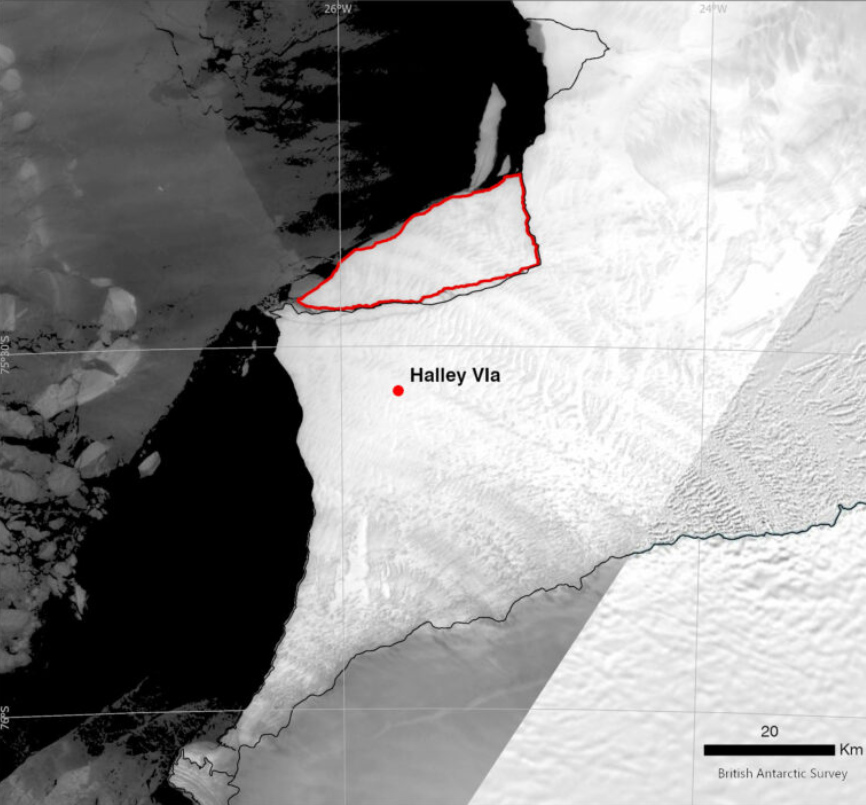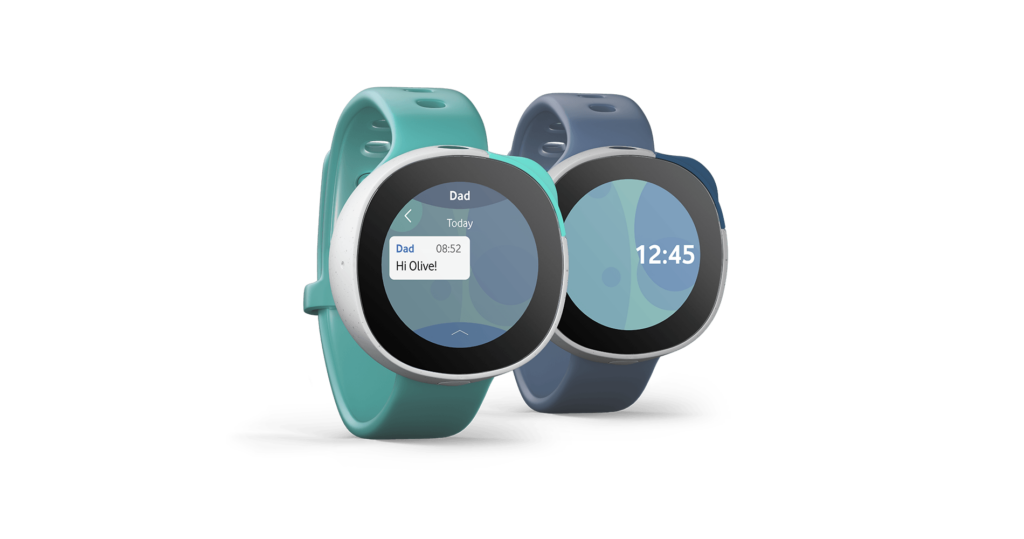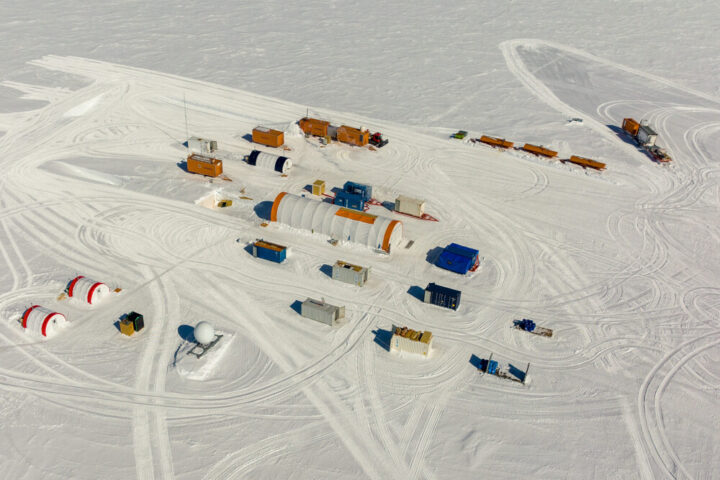NASA launched this Saturday the first of a pair of innovative climate satellites that will study, for the first time, heat emissions at the Earth’s poles. The satellite, named CubeSats 1 and the size of a shoebox, was launched into orbit by an Electron rocket that took off from New Zealand as part of the PREFIRE mission. The mission will measure the amount of heat that Earth radiates into space from two of the coldest and most remote regions of the planet.
Karen St. Germain, director of NASA’s Washington Earth Sciences division, explained that the data will help to have a “better understanding” of how our planet’s system will change in the coming years. “This will improve prediction of sea ice loss, ice sheet melt, and sea level rise, creating a better understanding of how our planet’s system will change in the coming years — crucial information to farmers tracking changes in weather and water, fishing fleets working in changing seas, and coastal communities building resilience.,” she added.
The spacecraft is equipped with a thermal infrared spectrometer, which consists of several mirrors and specially shaped detectors that allow it to split and measure infrared light, and a thermocouple, similar to the sensors in home thermostats, with which it will take its readings.
The PREFIRE mission is focused on assessing the balance between incoming solar thermal energy and outgoing heat emitted by the planet, as currently there is no detailed measurement of this type of energy. The mission will provide experts with new data on a range of climate variables, which include atmospheric temperature and surface properties, as well as data on water vapor and clouds.
Laurie Leshin, director of NASA’s Jet Propulsion Laboratory in California, explained, “the PREFIRE CubeSats may be small, but they’re going to close a big gap in our knowledge about Earth’s energy budget. Their observations will help us understand the fundamentals of Earth’s heat balance, allowing us to better predict how our ice, seas, and weather will change in the face of global warming.”
Similar Posts
The mission’s second satellite will be launched in the coming days – the exact date is not yet known – with its own Electron rocket, from the same New Zealand complex. If the first 30 days of the test period are successful, during which it will join the other CubeSat and be meticulously evaluated by engineers, they will remain in space for at least ten months. PREFIRE is a joint development between NASA and the University of Wisconsin-Madison, which will handle the data processing.
“Our planet is changing quickly, and in places like the Arctic, in ways that people have never experienced before,” explained Tristan L’Ecuyer, PREFIRE’s principal investigator, University of Wisconsin, Madison. “NASA’s PREFIRE will give us new measurements of the far-infrared wavelengths being emitted from Earth’s poles, which we can use to improve climate and weather models and help people around the world deal with the consequences of climate change,” he concluded.


















